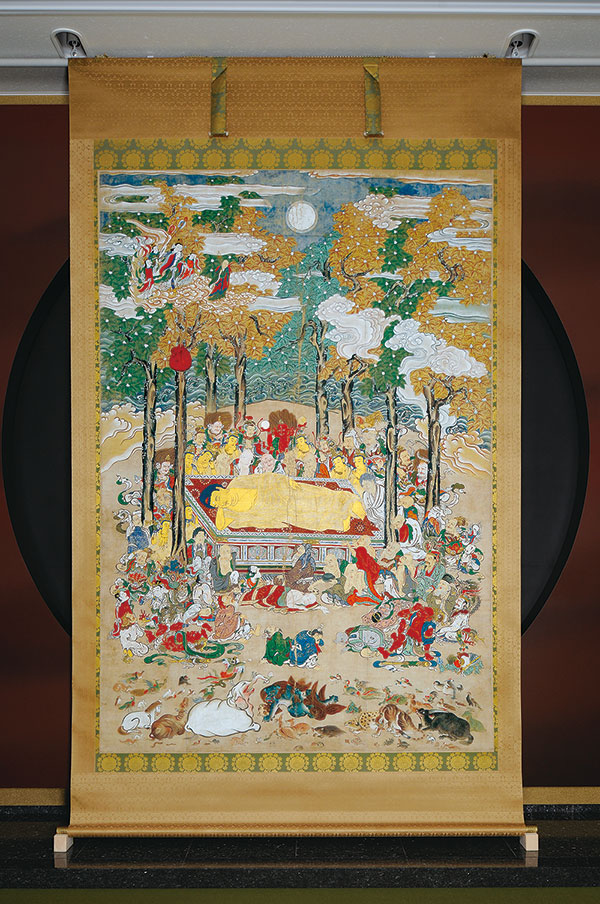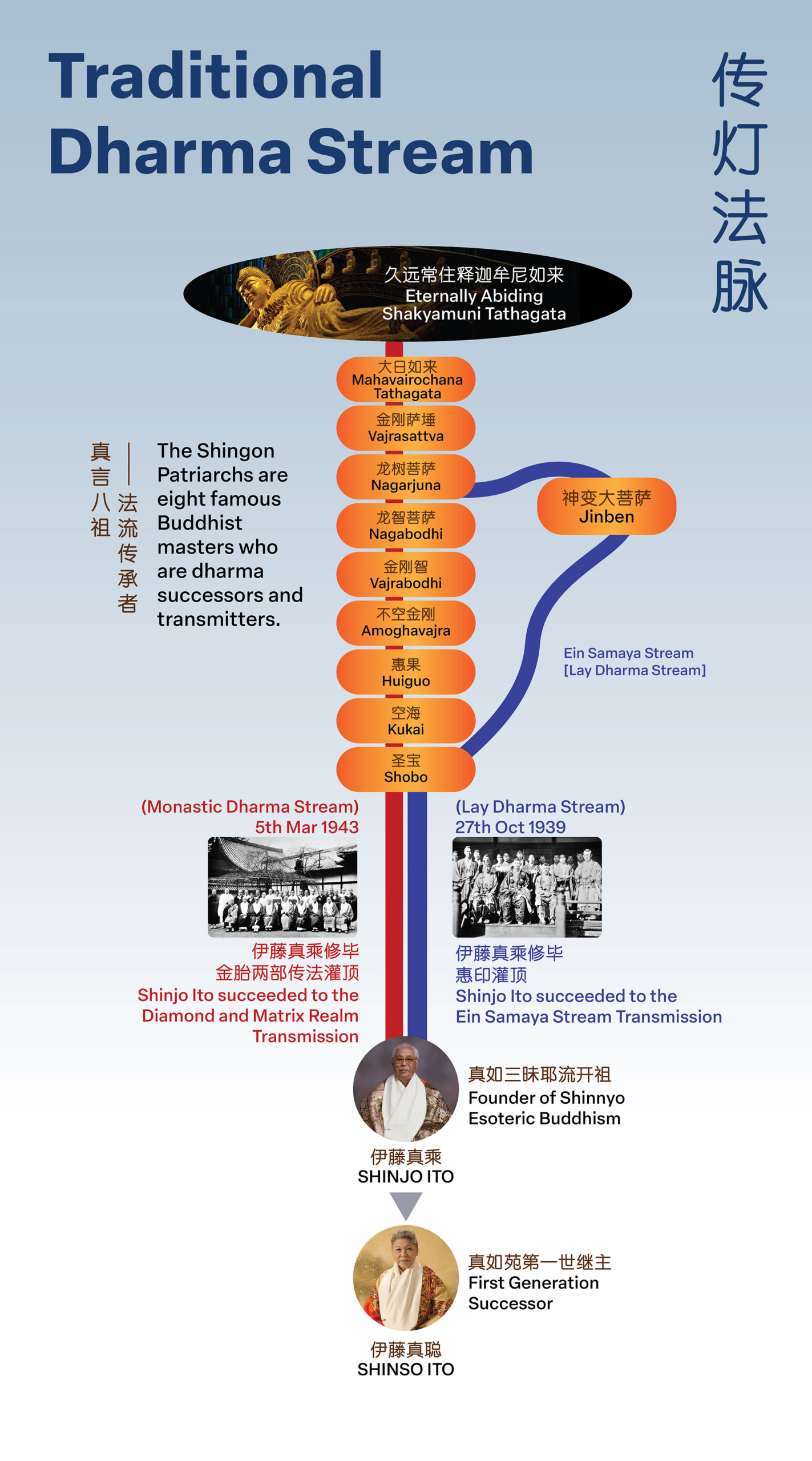What is Dharma Transmission
In Buddhism, dharma transmission signifies that a person is established as a successor in an unbroken lineage or line of teachers and disciples. After the death of Shakyamuni Buddha, his teachings continued to spread as the community of his disciples became the successors of his enlightenment. Many of them, and those who followed in succeeding generations, attained a high level of awakening and became buddhas. Over time, this continuation of awakened masters became a spiritual lineage. Buddhist lineages are considered authentic only when their lineage of masters can be traced directly back to Shakyamuni Buddha. The living flow of awakening from master to disciple is also referred to as the dharma stream. It is through the dharma stream that the rituals and practices of Buddhism have been passed down carefully from master to disciple. The dharma stream is what gives ritual its power and meaning, and it links us to the Buddha Shakyamuni.

Significance within Shinnyo-en
In Shinnyo-en, dharma transmission is the living link that connects our community to the wisdom and compassion of the buddhas. Master Shinjo Ito received the full esoteric dharma transmission at Daigoji monastery in Kyoto, a profound transmission of the teachings that were traditionally available only to ordained monks. He was conferred as a Great Acharya which allowed him to establish his own lineage of practice. Looking for way to making it accessible to lay practitioners, he came across the Mahaparinirvana sutra. This lineage has been succeeded by Her Holiness Shinso Ito, ensuring the teachings remain authentic while evolving to be relevant in today’s context. We all benefit from being part of this unbroken link which continues to guide and inspire us.
In 1939, he completed the Ein transmission for the lay dharma stream and in 1943 he was conferred as a Great Acharya or Great Dharma Master after mastering the esoteric monastic dharma transmission, which allowed Master Shinjo to establish his own lineage of practice.


